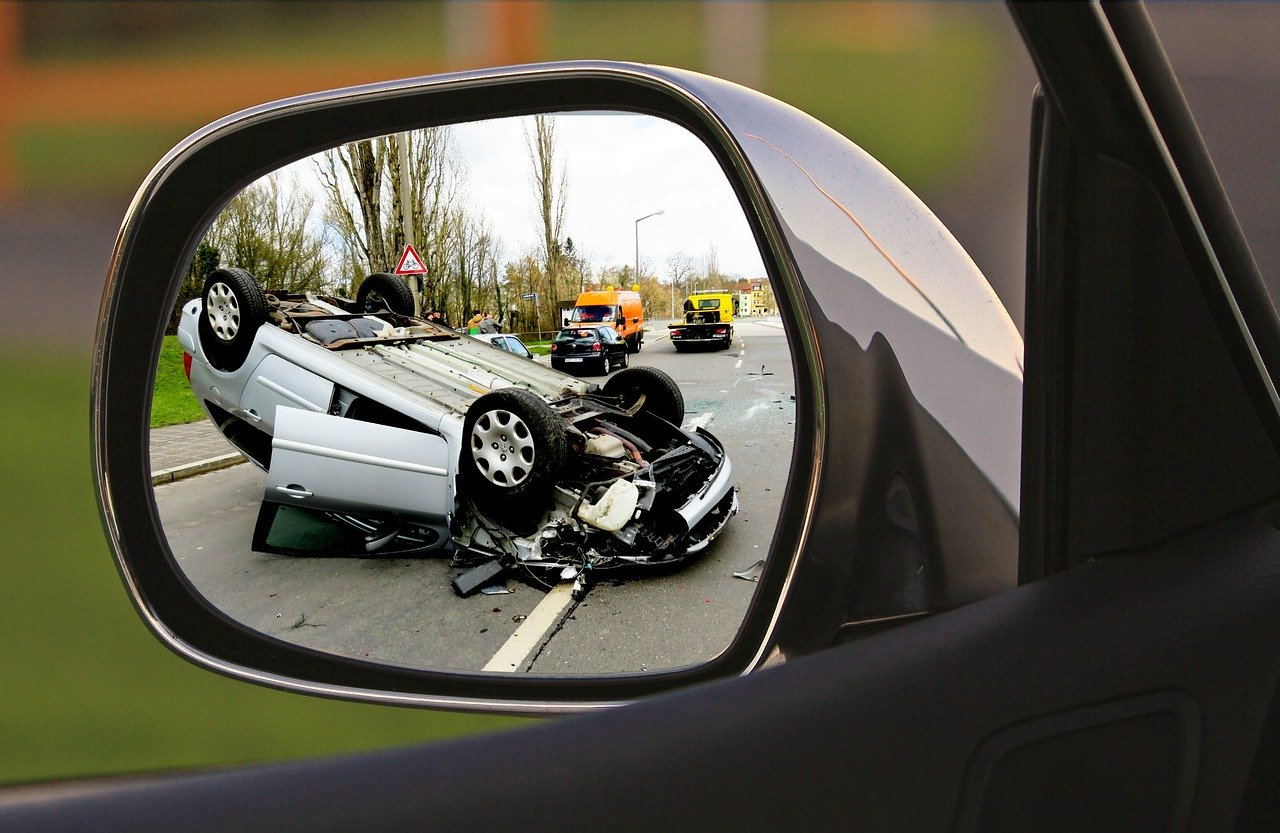
Uninsured and Underinsured Motorist Liability Coverage
According to a recent study it is estimated that 8.7% of drivers in Iowa do not have auto insurance. Iowa’s minimum liability limits as required by law are $20,000 per person and $40,000 per accident. I was unable to find any studies estimating the percentage of drivers that have only the minimum limits. I think it is safe to say that the percentage would at least be equal and likely higher than those that have no insurance. In other words 2 out of every 10 cars on the road either have state minimum limits or no insurance at all. What would happen if you were involved in an accident caused by one of these drivers?
Fortunately, coverage for this scenario is available and your auto policy likely already includes it. It is called Uninsured Motorist (UM) and Underinsured Motorist (UIM) Coverage. UM/UIM provides protection for you and your passengers from losses sustained as a result of injuries caused by a negligent, uninsured or underinsured driver. UM/UIM basically takes the place of the other driver not having any, or not having enough bodily injury liability coverage. UM is also used to cover injuries sustained in hit-and-run accidents when the at-fault driver cannot be found.
You might be thinking, won’t my health insurance cover me in a car accident? The answer is yes your health insurance will pay for your medical bills but you will be responsible for your deductible. Additionally, your health insurance won’t pay for any pain and suffering or loss of wages.
I have previously written on the importance of having a personal umbrella policy. Additional UM/UIM coverage is available on the personal umbrella- $1 million limits are most common.
Following are some examples provided in a recent industry publication supporting the need for UM/UIM coverage and particularly the higher limits available through the umbrella.
Example 1: A driver with modest liability limits hits a van carrying a young family, killing the mother and a child. The second child is paralyzed from the waist down; the third child is rendered quadriplegic. Both paralyzed children were preschool age.
Example 2: A young business owner is severely injured in an accident with a driver who carries minimum liability limits. The business owner is unable to work for months, incurring large medical rehabilitation-related expenses that are not covered by health insurance. The business manages to survive, but diminishes significantly. Thirty years later, the business owner is still limited by his injuries.
Example 3: An honor student suffers catastrophic brain injury in an accident. After a seven-figure medial expense and exemplary care over several years, the student can function at only a marginal level as an adult.
